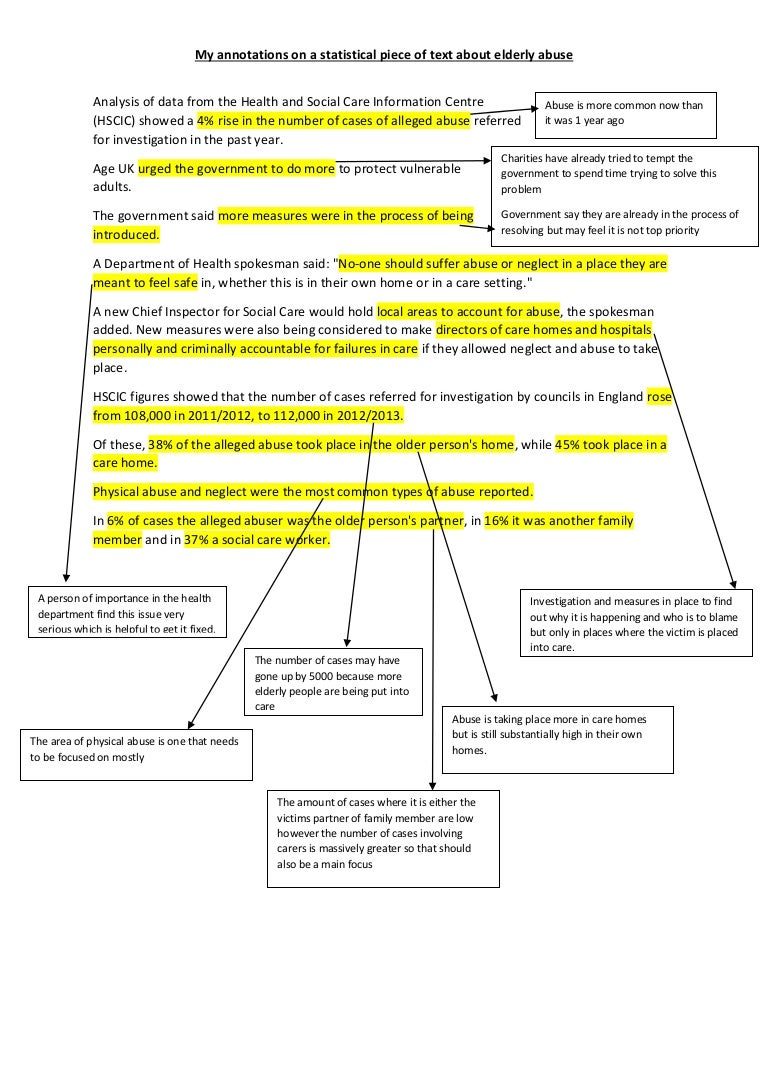On September 28, the 2021 World Intelligent Connected Vehicle Conference ended successfully. In recent years, the Internet of Vehicles has been widely used in the automobile manufacturing industry, which has promoted the development of intelligent driving technology, and the data collection and labeling industry related to intelligent driving has received continuous attention.
1. Autonomous driving is the ultimate direction of the development of intelligent vehicles.

According to the Industrial Research Institute’s “China’s Unmanned Driving Technology Industry Development Prospect Forecast and Investment Strategic Planning Analysis Report”, autonomous driving is the ultimate direction for the development of intelligent automobiles. Autonomous driving does not mean unmanned driving. It takes 10 years or more of technological evolution to realize true unmanned driving. Intelligent networked vehicles, especially autonomous driving technologies and products, are still iteratively updated and require massive amounts of data. The training set is used for algorithm training, and the vehicle frame annotation provides available data training and testing sets for autonomous driving technology.
2. Major automakers have accelerated the exploration of autonomous driving technology.
Take Google’s self-driving car as an example. Google’s self-driving car has a 64-beam laser rangefinder installed on the exterior roof, which enables the self-driving car to combine the data measured by the laser with a high-resolution map, making it possible to make different decisions. Types of data scenarios to avoid obstacles and follow traffic rules in autonomous driving. A camera mounted on the windshield is used to spot obstacles. Four radar sensors are installed in the front and rear bumpers of the car to detect the position of the car and the direct distance between the car and the car to ensure the safe driving of the self-driving car.
Relying on the continuous advancement of autonomous driving technology, the level of intelligence of autonomous driving vehicles is getting higher and higher.
31,000 monitoring scene vehicle data sets
The progress of science and technology is inseparable from the support of data. As an artificial intelligence basic data service provider, Jinglianwen Technology has been in the field of data collection and labeling for many years and is in the leading position in the industry. The collection is marked with “100,000 Vehicle Re-ID Training Sets of Surveillance Scenes“.
Data scale: 100,000 sheets
Collection environment: outdoor roads (highways, road checkpoints, urban roads, etc.)
Collection diversity: covering different cameras, various outdoor scenes, and various time periods
Collection equipment: Surveillance camera
Collection angle: overlooking, head-up
Collection time: day and night
Data format: image data format is .jpg, annotation file format is .json
Labeling content: body rectangular frame
Accuracy rate: the deviation of the rectangular frame of the car body does not exceed five pixels, and the pass rate of the detection frame is 97%.
The vehicle Re-ID data set is collected in a normal outdoor environment. It collects the real driving conditions and shapes of vehicles in multiple environments. The vehicles driving on the road are framed and marked with attributes, which can support customized labeling for road recognition. system.
4. Smart driving data solutions

provides more intelligent driving data solutions. The vehicle frame-drawing technology is well used in the scene of autonomous driving. Technology has carried out a large number of collection activities across the country, and has built multiple information on a global scale. The collection and labeling base has massive data training sets and test sets, including Mandarin Chinese voice data sets for in-vehicle voice interaction, Shanghai dialect, Hangzhou dialect, Hokkien, Cantonese and other local dialect voice data sets for driving behavior detection 3D face data set for recognition, driver behavior annotation data set, dynamic gesture data set, high-precision map road scene data set for training environment perception related algorithms, external image data set, traffic sign and signage data set, etc. etc., can provide more accurate data support for autonomous driving technology.
